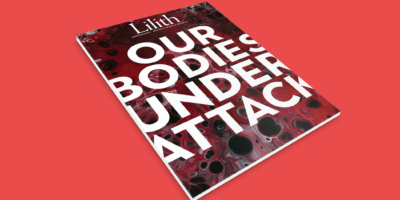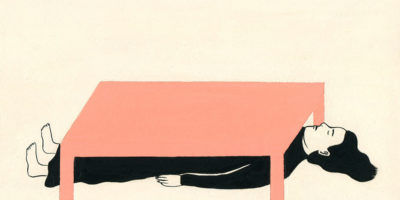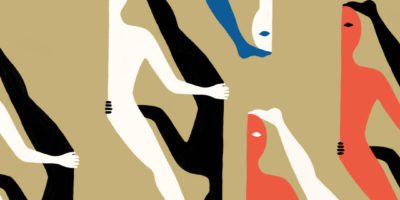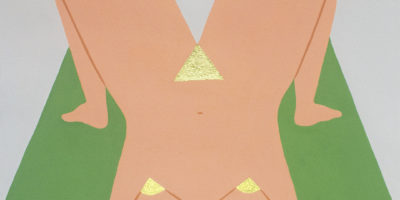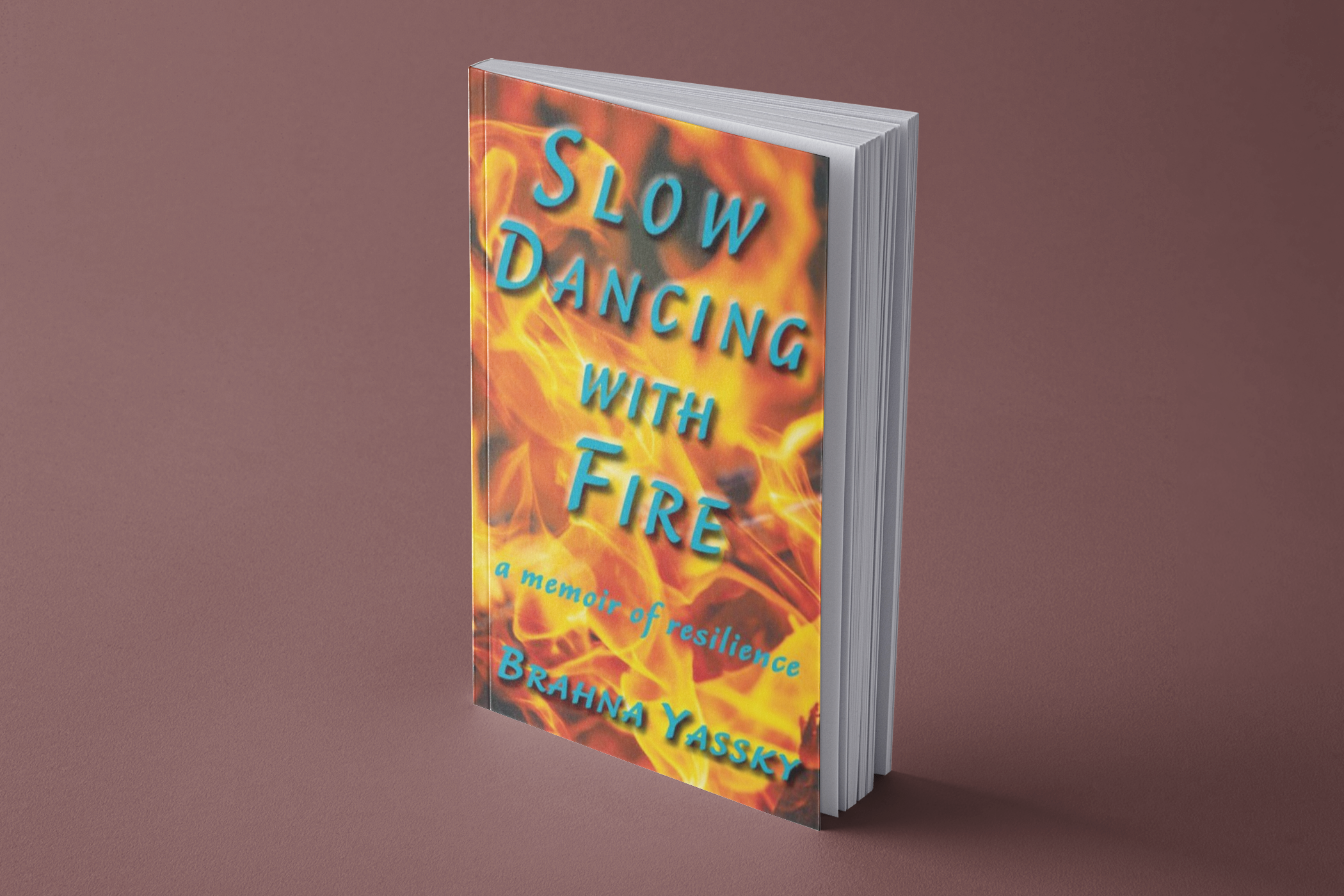
Trial by Fire. Literally
When Brahna Yassky removed the kettle from her stove to pour boiling water into a coffee filter, a flame leapt onto her sleeve and set it on fire. It was 1982, and she was a promising young artist in New York City, who created art in her Tribeca loft, supported herself with her paintings, exhibited her work in galleries, and danced at trendy clubs with famous artists and musicians. Now, in a flash, 55% of her body was burned. In her captivating debut book, Slow Dancing with Fire: A Memoir of Resilience [Shanti Arts Publishing, $18.95]. Yassky recounts her journey from that devastating moment, through morphine-induced reveries in the hospital, to her ultimate healing.
Yassky’s transformation from helpless patient to artist, art therapist, activist and caretaker of others supports the quote she turns to from American Buddhist nun Pema Chödrön: “Nothing ever goes away until it teaches us what we need to know.”
When Yassky awakens in the hospital, she decides to fight for her life. She learns to bear the pain of her injuries, as well as that caused by debridement, where a nurse’s “scissors and tweezers, like a bird’s beak, prick, pick, and snip away the scarlet burned skin, like raw meat, cutting it from sections of my body.” “This is the worst pain you will ever have to endure,” the nurse tells her, “and you will recover…”
Yassky describes her life before the fire through flashbacks experienced in her sedated dream-like state. We learn about her seventies’ bohemian lifestyle in California, her arty lovers, and the liberation she felt in creativity. “Now,” she explains, “I was as trapped as I had been free.” She’s encased in a “cocoon” of bandages from which she must be reborn.
Humiliated by her appearance before her male physicians, she thinks, “This gorgeous young doctor is examining my grotesqueness. Would someone as handsome as he, or any man, ever find me desirable again?” She spends three torturous months in the burn unit, relying on her family for support and comfort, before moving back into her parents’ house. Dependent again after eighteen years on her own, she assesses her situation with characteristic optimism. “I realize I have to start my life over, repeat becoming an adult, probably live differently. I have another chance at first experiences.”
She undergoes a year of grueling physical and occupational therapy to regain her strength and flexibility, and wears a full-body compression garment to help smooth out her scars. She submits to more surgery for skin grafts. Undaunted, she becomes an art therapist and is elated when her role reverses from patient to healer. She relives the firsts: painting again, exhibiting, creating public art works, living alone, and her first sexual encounter post-fire. Spending summers unaccompanied at a beach house on Long Island, she takes up long-distance swimming to loosen constricting scar tissue and as a restorative ritual.
Yassky writes and directs a film recreating the most tragic day of her life, redefining herself as survivor, not victim. Reconstructing the scene with an actor in her place, she distances herself from the event. Then, fed up with the hypocrisy of the art world, she joins the Guerilla Girls, a group of ape-masked, anonymous, activist artists who protest racism, sexism and discrimination in the art community.
Unexpectedly, she finds love with Bruce, a man she wouldn’t have considered as a partner before. He’s a salesman unfamiliar with the art world. But Yassky realizes that his faithfulness and kindness are more important than cultural savvy and a hip exterior.
The author’s verbal pictures conjure clear images of memories and emotions, much the way she visually recreates her feelings through paintings. We envision the uptown “women in skirts with coiffed hair and matching heels and handbags [moving] at a…clipped pace” contrasted with Yassky’s own “black peg-leg jeans, black leather jacket, and short black-heeled boots, long dark hair waving like a banner dashing long strides.”
Yassky even interjects some humor. In the hospital, a priest gives her last rites. “This can’t be, I think. I’m Jewish.” Now, unaware of what the future holds, she retains her hopefulness and the resolve to flourish—and learn what she needs to know—while gifting readers a collage of pain, determination, fortitude and love.
Elizabeth Pimentel’s essays have appeared in The Washington Post, Salon, NY Daily News, and in two anthologies. She lives in the Bronx, NY.

